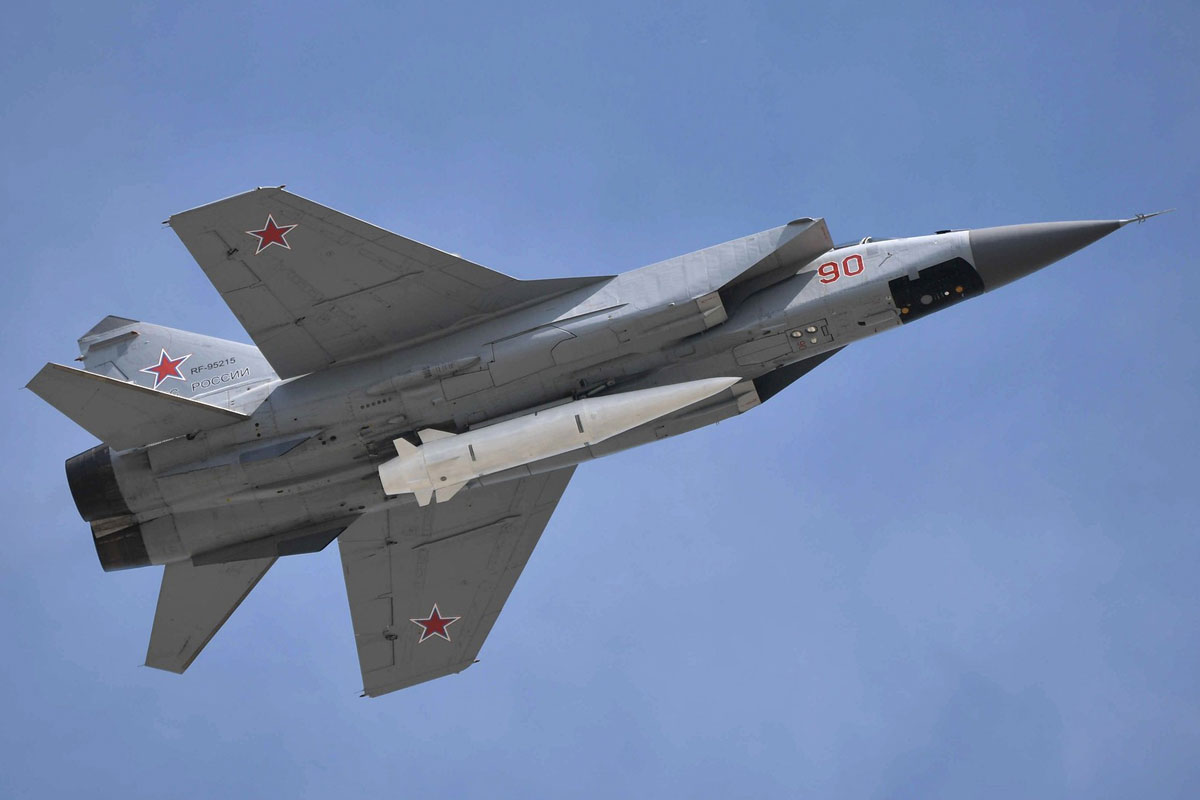The development of hypersonic weapons by Russia and China has motivated the Pentagon to accelerate research into a system capable of intercepting devices of this type.
DARPA (Defense Advanced Research Projects Agency) is moving forward with the Glide Breaker program, which should give rise to technology to be used in anti-missile defenses.
So far, the project has already reached Phase 1, when Northrop Grumman and Aerojet worked on developing a Divert Attitude Control System (DACS), necessary to be able to reach an extremely fast target.
Follow ADN: Instagram | Twitter | Facebook
Now the Glide Breaker will enter Phase 2, which involves studies on the interceptor’s propulsion system. Boeing was chosen for this task, in a four-year project that will involve computational fluid dynamics analysis, wind tunnel tests and evaluation of the effects of the jet’s aerodynamic interaction during flight tests.

“Hypersonic vehicles are among the most dangerous and rapidly evolving threats facing national security,” said Gil Griffin, executive director of Boeing Phantom Works Advanced Weapons. “We’re focusing on the technological understanding needed to further develop our nation’s counter-hypersonic capabilities and defend from future threats.”
In addition to Boeing, DARPA has two main contracts with Northrop Grumman and Raytheon to develop the interceptor vehicle. The US government works with an initial operating scenario in 2035.






